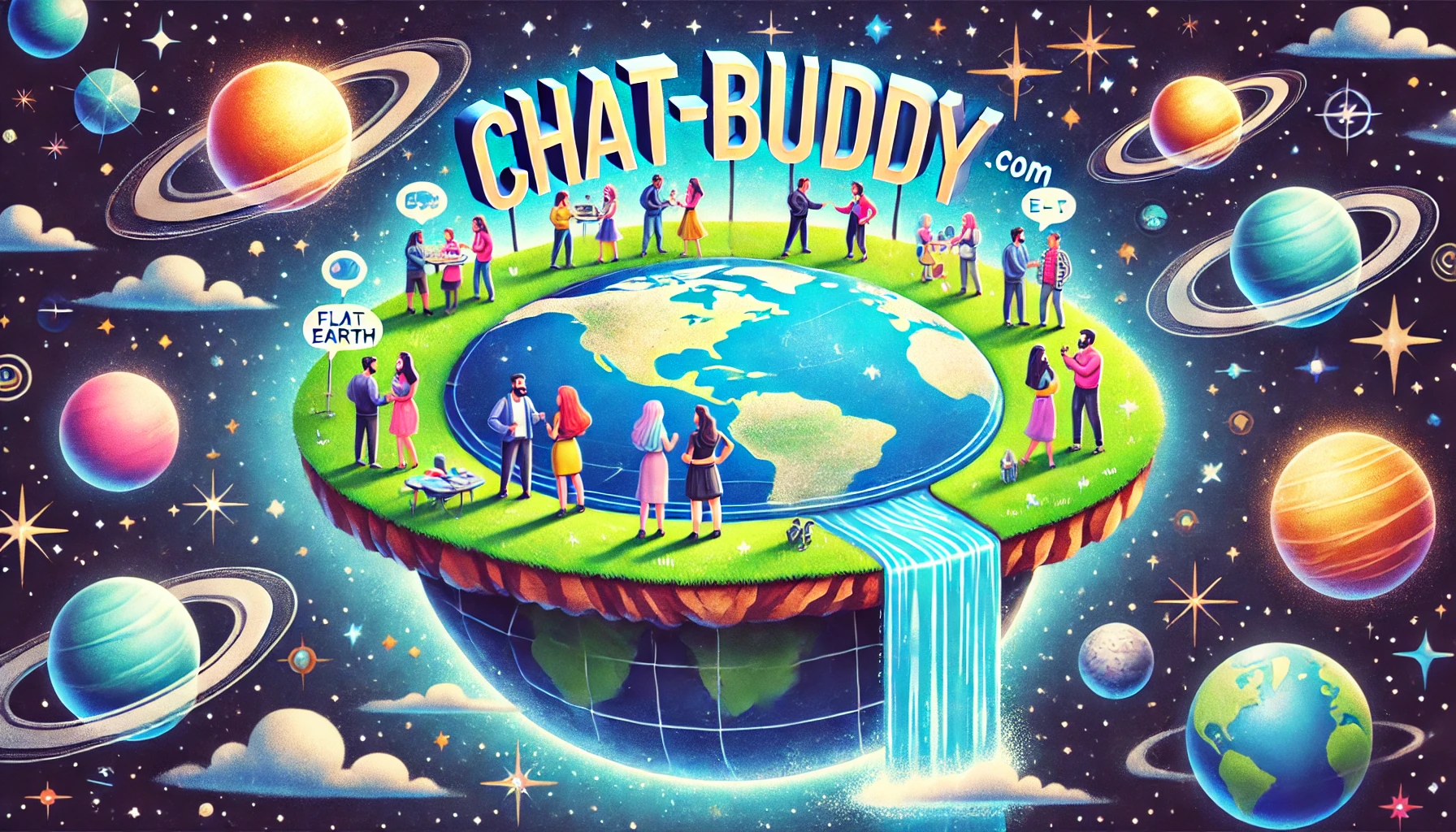Dive into the Unique World of Flat Earthers in Online Chat Rooms

The idea of a flat Earth has sparked debates, curiosity, and even humor for centuries. While the scientific consensus firmly supports a spherical Earth, the concept of a flat Earth continues to captivate some, leading to fascinating discussions and unconventional perspectives. Whether you’re a skeptic, a believer, or someone just curious about the theories, online platforms offer a space to explore these ideas.
The Flat Earthers Chat Room is a hub where people from all sides of the conversation come together. It’s a space for flat Earth proponents to share their perspectives, skeptics to pose questions, and everyone to engage in debates about one of the most controversial ideas in history. Whether you want to challenge your thinking or simply understand why some believe in a flat Earth, this chat room welcomes you.
Why Flat Earth Discussions Persist
The flat Earth theory, despite being disproven by centuries of scientific evidence, continues to have a small but vocal following. Some adherents cite ancient texts, personal observations, or alternative interpretations of science to support their views. Platforms like the Flat Earthers Chat Room allow these individuals to share their theories and discuss their reasoning.
For many, the allure of the flat Earth theory isn’t necessarily about the belief itself but about questioning mainstream narratives. These discussions often expand to other topics, such as space exploration, government trust, and scientific processes. The chat room becomes a broader forum for exploring how people process and interpret information.
Bridging Gaps Between Skeptics and Believers
One of the unique features of the Flat Earthers Chat Room is its inclusivity. Both skeptics and believers can engage in meaningful conversations, fostering mutual understanding rather than hostility. While skeptics may question the validity of flat Earth claims, believers often enjoy the opportunity to present their arguments and respond to challenges.
These exchanges provide a fascinating look into human psychology and belief systems. Why do people hold certain beliefs? How do they respond to opposing evidence? Through respectful conversations, participants can learn not just about flat Earth theories but also about the broader dynamics of debates and persuasion.
A Space for Curiosity and Open Dialogue
The Flat Earthers Chat Room thrives on curiosity. Participants often bring diverse perspectives, from scientific analyses to philosophical musings. The chat room isn’t limited to debates—it’s also a place for storytelling, humor, and creative thinking. Whether discussing ancient civilizations’ cosmologies or modern space missions, the conversations are anything but dull.
For those on the fence, the chat room offers a safe space to ask questions and seek clarity without fear of judgment. It’s a unique platform where differing views can coexist, challenging participants to think critically and expand their horizons.
Final Thoughts
The Flat Earthers Chat Room is more than just a niche corner of the internet; it’s a space for curiosity, dialogue, and connection. Whether you’re a skeptic ready to challenge the theory, a believer eager to share your perspective, or simply curious about the conversation, this chat room offers an engaging experience.
By fostering open-mindedness and respectful interactions, the platform encourages participants to think critically while exploring one of the most unconventional theories of our time. Dive in, join the discussion, and see where the conversation takes you.